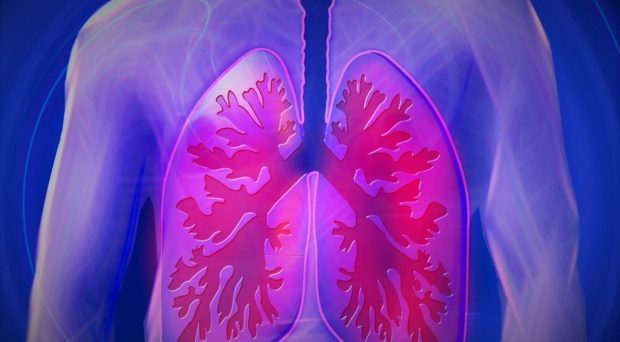
According to the 2017 Global Burden of Diseases, Injuries, and Risk Factors Study, pneumonia remains the leading cause of death among children under the age of five, in spite of a 36% reduction in pneumonia-related deaths in this population in the last ten years. In the same period, adults aged over 70 years presented a 34% increase in deaths due to pneumonia. Streptococcus pneumoniae (the pneumococcus) remains the most frequent cause of pneumonia and also the main killer in both children and adults.
Little is known about pneumonia’s on the health of the general population: there is a widespread misconception that it affects only particularly vulnerable people.
Because of the current humanitarian crisis, millions of displaced people face an uncertain future. They are at an extremely high risk of infections such as pneumonia due to malnutrition, indoor air pollution, overcrowding, health deficiencies and restricted access to water. It is widely accepted that pneumonia may have a devastating effect on vulnerable populations such as refugees, the homeless and drug users. In contrast, little is known about pneumonia and its impact on the health of the general population: there is a widespread misconception that it affects only particularly vulnerable people.
In some people, pneumonia is associated with only a few clinical symptoms, but in others it may present as a fulminant infection, associated with respiratory and systemic complications leading to death. The general public’s ignorance of the severity, complications and sequelae of pneumonia is a matter of great concern.
In the case of community-acquired pneumonia (CAP), patients have an increased risk of early and late cardiac events such as acute myocardial infarction, cardiac arrhythmia. What is more, one-third of CAP patients will present sepsis, a life-treating condition. CAP survivors have a substantially increased likelihood of dying long after recovery from the acute episode (i.e., more than 10 years), even those with no previous comorbidities. The generalized unawareness of the severity of pneumonia and its consequences is reflected in the low-medium use of the flu and pneumococcal vaccine.

Antimicrobial resistance
Another important problem on a global scale is antimicrobial resistance. Its rapid and widespread emergence among pneumonia pathogens has forced the scientific community to reflect on the excessive use of antibiotics and its consequences. In CAP cases with etiological diagnosis, 1.3% are caused by drug-resistant S. pneumoniae, 1.2% by multidrug-resistant (MDR) Enterobacteriaceae and approximately 6% by MDR pathogens, the most frequent among them being Staphylococcus aureus and Pseudomonas aeruginosa. The main challenge in the clinical management of pneumonia posed by these resistant microorganisms is to identify them in time, in order to initiate adequate antimicrobial therapy and thus prevent poor outcomes.
Recent studies suggest that the higher mortality associated with antibiotic resistance is related to previous comorbidity and the use of inadequate antimicrobial therapy.
In this regard, we applaud the decision to abandon the concept of health care-associated pneumonia (HCAP) announced in recently published international guidelines for hospital-acquired and ventilator-associated pneumonia and CAP. We believe that by assessing local epidemiology, the main risk factors for resistant pathogens, and pneumonia severity, and by increasing microbiological testing in patients at risk of methicillin-resistant S. aureus (MRSA) and Pseudomonas (as recommended in the current CAP guidelines) it is possible to improve empirical therapy and reduce mortality, thus avoiding the excessive use of broad spectrum therapy.
The lung microbiome
Studies of the lung microbiome have made major breakthroughs in the area of the pathophysiology of pneumonia, by refuting the previously accepted view that the lungs were sterile. Now we know that multiple bacterial species are part of the healthy lung, forming what is known as the “lung microbiome”, a dynamic community of species whose constant interaction with lung immunity keeps them in equilibrium inside the healthy lung.
In this new context, pneumonia is shown to be the result of the disturbance of this balance and the dysbiosis caused leads to significant modifications within the microbial communities. Further studies are needed to help us better understand the lung microbiome in pneumonia.
Patient education
Our knowledge about pneumonia has increased exponentially in the last decade, but a key area in which very little progress has been made is patient education. Patient education is essential in order to reduce the incidence of pneumonia, especially in the major risk groups. It is vital that we share our knowledge of pneumonia with the general public: awareness campaigns are urgently needed.
We live in a technological world and social networks represent a useful tool for furthering patient education. This year, the Association of Support and Information for Family and Patients with Pneumonia (NEUMOAI) was created in Spain, with the aim of spreading knowledge about pneumonia and providing information to help its prevention. Initiatives of this kind are likely to help raise awareness about pneumonia among the general public and encourage them to keep their lungs healthy.
Comments